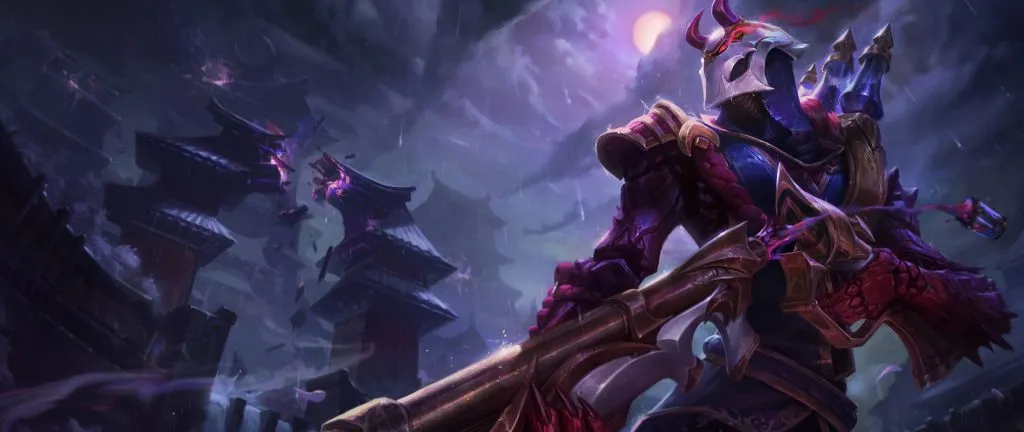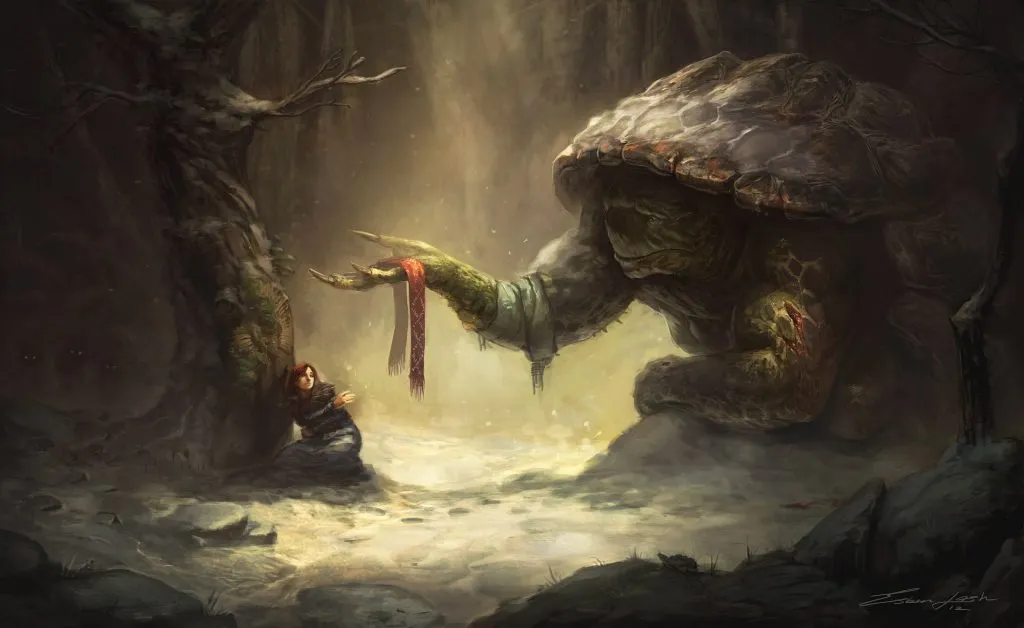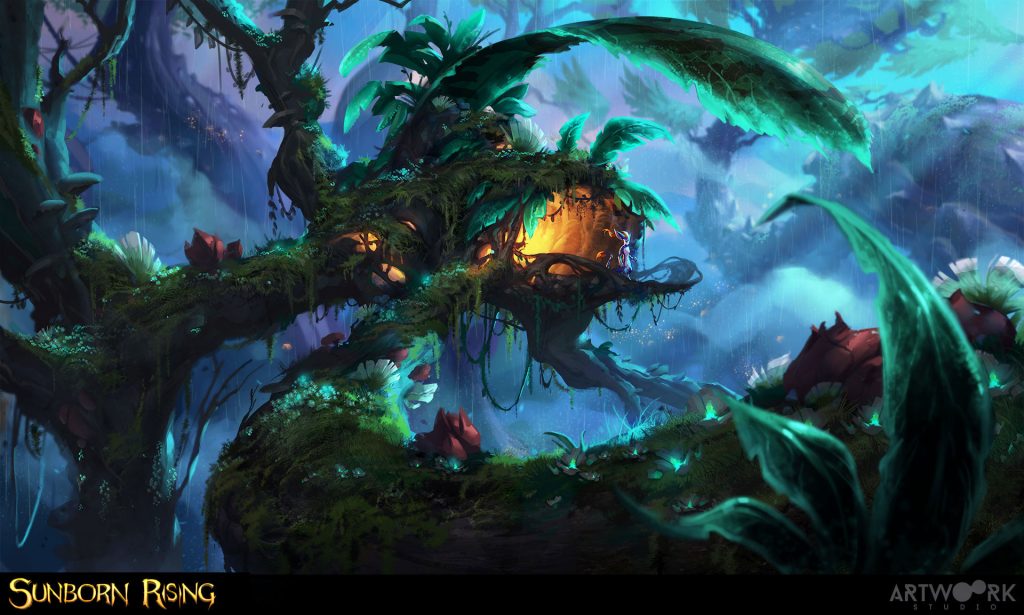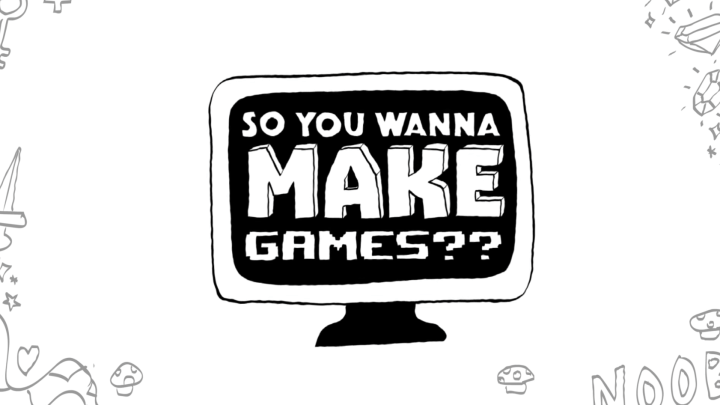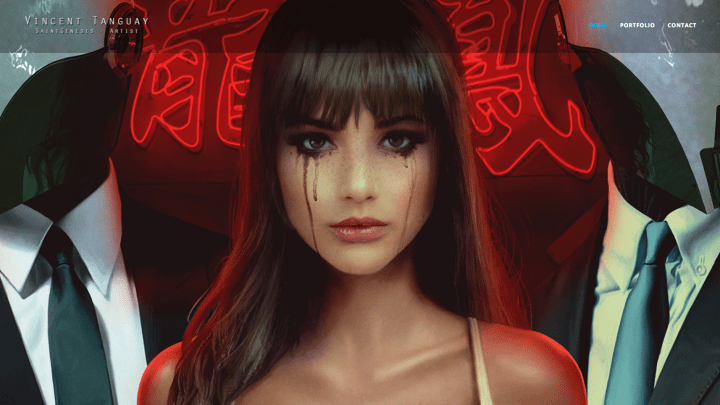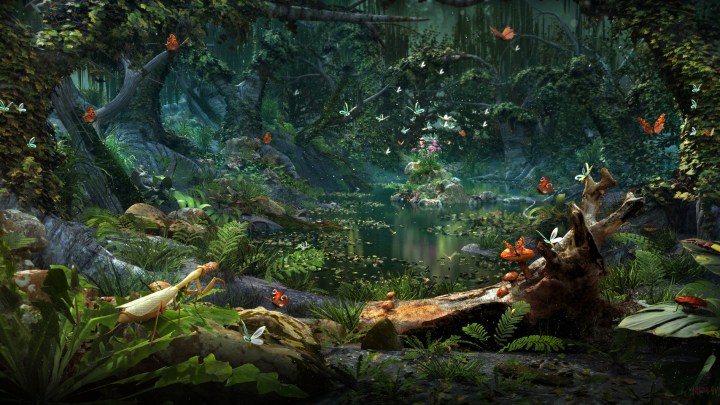Things You Need to Know to Become a Game Illustrator
Have you ever seen artwork for your favorite video game and thought “hey, I wish I could do something like that!” but weren’t sure how or where to get started? Game illustration superstar, Esben Lash Rasmussen at Riot Games shares everything you need to know to become a Gaming Illustrator.
ArtStation enables artists in games, film, media & entertainment to showcase your portfolio in a simple and effective way. Be seen by game studios and recruiters. With ArtStation Pro, you can easily create a professional portfolio website and show up at the top of searches!
Much like a lot of people, Esben grew up drawing for as long as he could remember and loving things like Dragon Ball Z and Teenage Mutant Ninja Turtles. When he was younger, he was inspired by two classmates who were great at drawing and strived to be as good as them. During the teenage years, his friends stopped drawing but Esben kept sketching. After attending game development summer camps and taking a bachelor at the Animation Workshop in Denmark, he worked for Atomhawk, Sixmorevodka, Artwoork before finally moving to work for Riot Games in Los Angeles.
In this interview, he gives really insightful advice on how to create valuable work and what the job is like. His tips on how to make things your own and putting a twist on your work might surprise you!
 What do hiring directors want to see? What is the interview process like?
What do hiring directors want to see? What is the interview process like?
Usually if they’re interviewing you, it’s because they already like your artwork. There’s usually an art test and they want to see how you communicate, if you support team play and how you take feedback.
What do you need to show in your portfolio?
It depends on the company and knowing what kind of job you want. What you include in your portfolio is what you’re going to be hired for. I would look at what companies do and show that you can do their style and understand their universe, but still bring something new to the table.
Since I had done some work for Riot Games before, I had a deep understanding of what their product was, the rendering quality and the style. I always focused on illustration because that’s what I enjoyed so I had a natural tendency to tell stories through images.
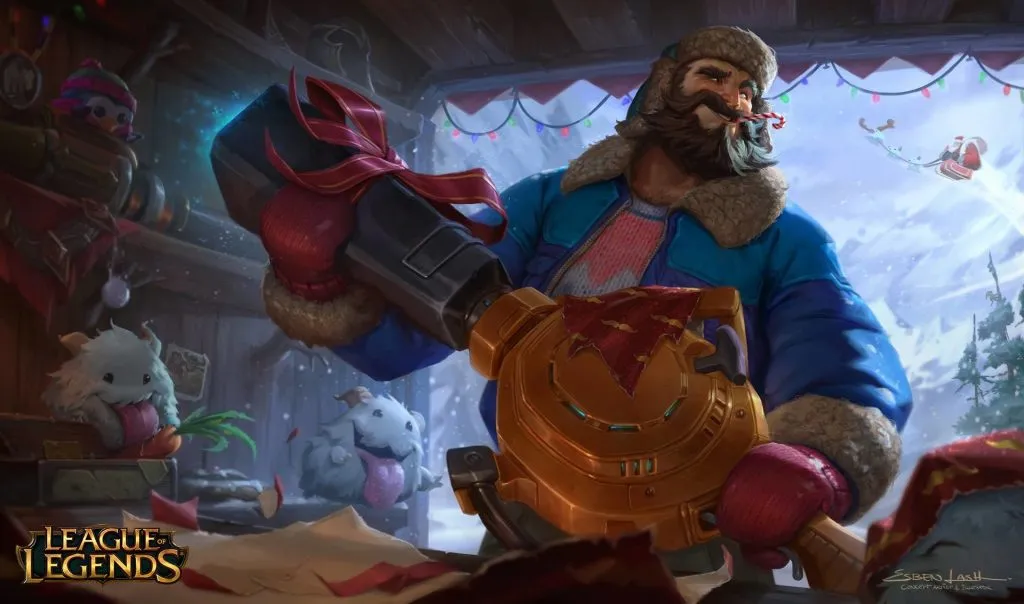 What is a typical work day like?
What is a typical work day like?
At Riot, I usually go to work from about 10:30am-6:00pm. There’s a very organic structure and in meetings, we get together and discuss what we’re trying to accomplish, the feelings the viewer should feel and what needs to be communicated in the picture. You usually have some influence in what you want to but it’s a collaborative process. I work pretty closely with my colleagues regardless of their profession. I love working together with the many artists at Riot because there’s nothing more valuable than seeing how other people work and how they would solve a specific problem.
What are common mistakes made by people in your line of work and how to avoid them?
Art is a language, and you have to condense it to the most simple and pure form.
I think the main mistake I see most students making is trying to make things that are “cool” and it ends up becoming generic and bland. You need to be able clearly communicate whatever your subject is and why it is interesting to me as a viewer. All the technical craftsmanship is just technical, but what matters is that you are communicating an idea. Art is a language, and you have to condense it into the most simplest, clearest and purest form you can.
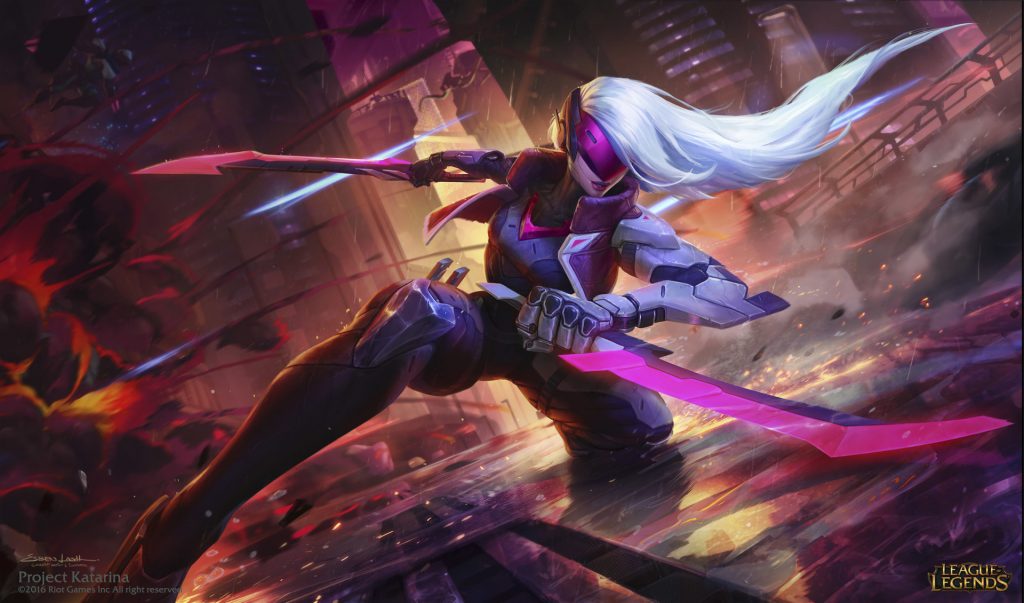 Any tips/ tricks on how to stand out?
Any tips/ tricks on how to stand out?
Whenever you have an idea, you need to find a way to twist or flip it.
Take your personal experiences or things that you are really passionate about and apply them to your work. The feelings from your life will start to inform you on the creative choices and whether or not it is hitting what you want it to feel like for the viewer. It feels risky and it’s hard to be vulnerable, but make it personal to add some flair.
Here’s a good tip to make things interesting: It comes down to contrast. Whenever you have an idea, you need to find a way to twist or flip it. For example, if you think of a story like the lion ate the butterfly, try to flip it to the butterfly ate the lion. Right away, there’s a more interesting proposition. From there, you can make a really interesting story and have to think of ways to make it work. Doing that and having the courage to do something that isn’t seen too often is what sets you apart.
What’s one thing you absolutely have to work on to be a gaming illustrator?
In my opinion, illustration is the hardest thing in 2D because you have to learn and master everything. Perspective, design, acting, colours, rendering, cinematography, camera lenses, etc. Learning how to control so many aspects of drawing and balancing it into a believable image is a challenge. Finding and telling that perfect moment of your story is truly frightening and exciting at the same time.
See more of Esben’s work on his ArtStation Page.
